Diabetic Cracked Heels: Effective Treatment and Prevention Tips
Learn how to effectively treat and prevent cracked heels in people with diabetes. Explore practical solutions to maintain foot health and avoid complications.
Understanding the Link Between Diabetes and Cracked Heels
Diabetes, a chronic condition that affects how the body processes and maintains blood sugar levels, can lead to various complications, including skin changes on the feet. One such issue is the development of cracked heels, also known as heel fissures. These are hard, dry areas of skin that form on the heels, causing discomfort and potentially leading to infections and other health concerns if left untreated.
The connection between diabetes and cracked heels lies in the way the condition can impact nerve function and blood circulation. When blood sugar levels are not well-controlled, it can lead to nerve damage (neuropathy) and a decrease in blood flow to the extremities. This can make it harder for a person to feel the formation of thick, dry skin on the heels, and it can also slow the healing process, increasing the risk of infections.

Treating Cracked Heels at Home
The American Academy of Dermatology Association (AADA) recommends several strategies for treating cracked heels at home, including:
- Shorter baths and showers: Prolonged exposure to water can further dry out the skin, worsening cracked heels. Gently blot the skin dry with a towel after bathing.
- Using gentle cleansers: Opt for mild, non-drying cleansers that can help the skin retain its natural oils.
- Moisturizing after bathing: Apply a moisturizer to the heels immediately after bathing, when the skin is still damp, to lock in moisture. Look for products containing urea, alpha hydroxy acid, or salicylic acid.
- Applying petroleum jelly before bed: Coating the heels with a layer of plain petroleum jelly and wearing socks overnight can help maintain moisture.
- Protecting the heels: Consider using a liquid bandage during the day to create a protective barrier over the heels, which can help reduce pain, speed up healing, and prevent infections.
- Wearing proper footwear: Avoid open-heeled shoes, such as flip-flops, and choose footwear that provides adequate support and reduces pressure on the heels.
When to Seek Professional Help
If home treatments do not provide relief or if the cracked heels worsen, it is advisable to consult a podiatrist, a specialist in the medical care and treatment of the feet. A podiatrist can offer more effective treatment options, such as debridement (the removal of dead or infected tissue) or the use of stronger softening or debriding agents.
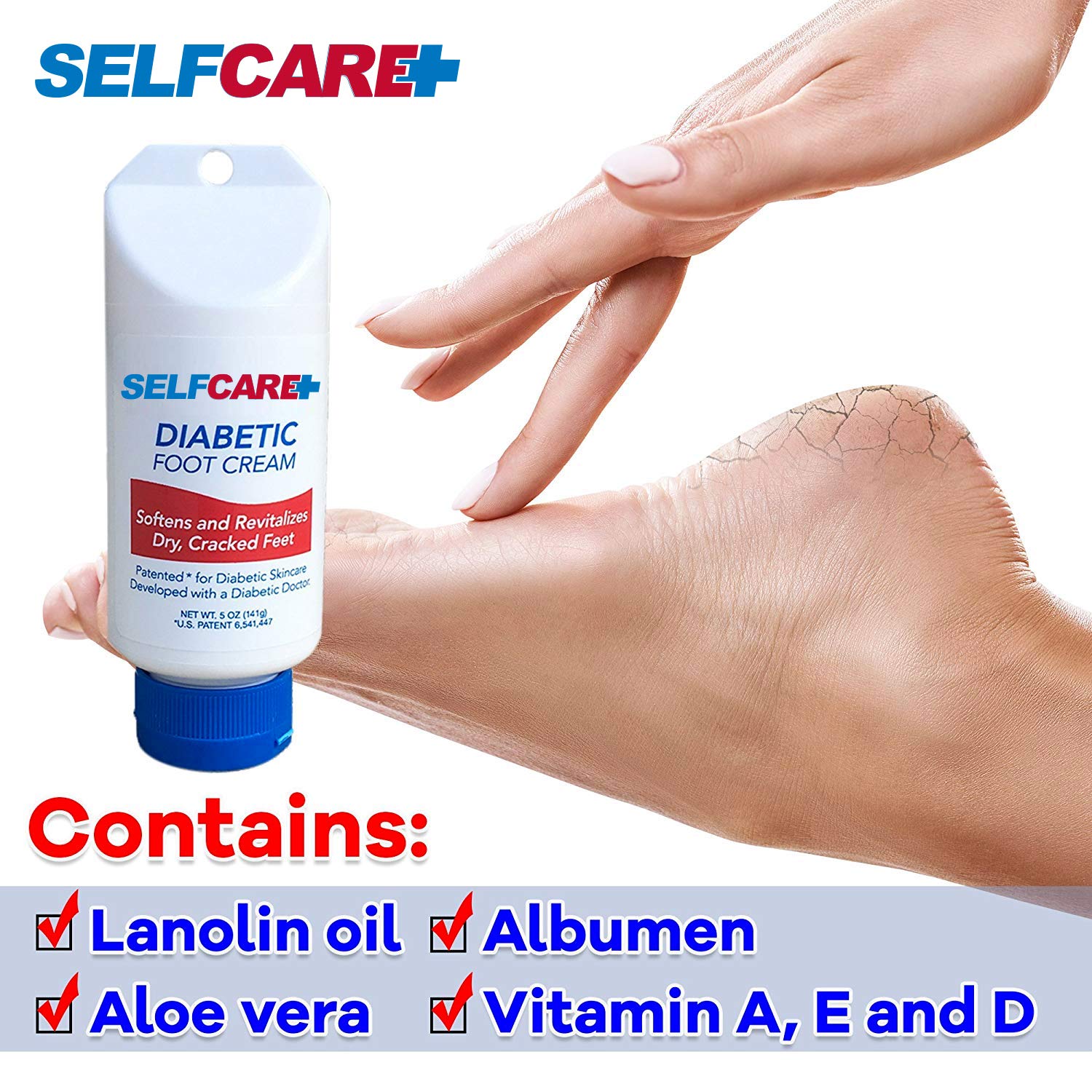
Preventing Foot Complications in Diabetes
In addition to addressing cracked heels, individuals with diabetes should be proactive in maintaining overall foot health to prevent other complications, such as:
- Neuropathy: Nerve damage that can lead to a loss of sensation in the feet, making it difficult to notice cuts, sores, or other problems.
- Decreased circulation: Reduced blood flow to the feet, which can slow the healing process and increase the risk of infections.
- Foot ulcers: Slow-healing wounds that can become more severe if left untreated.
- Amputation: In severe cases, where wounds do not heal, a doctor may need to surgically remove the limb.
Tips for Maintaining Healthy Feet with Diabetes
The Centers for Disease Control and Prevention (CDC) recommends the following strategies to keep the feet healthy in individuals with diabetes:
- Regular foot checks: Inspect the feet daily for any cuts, discoloration, sores, or other changes, and address any issues promptly.
- Proper foot washing: Wash the feet daily, dry them thoroughly, and apply moisturizer to keep the skin healthy.
- Appropriate footwear: Choose well-fitting, supportive shoes that protect the feet and distribute pressure evenly.
- Regular podiatrist visits: See a podiatrist for routine foot care and to address any emerging issues.
Seeking Professional Guidance
Maintaining healthy feet is crucial for individuals with diabetes. By understanding the connection between diabetes and cracked heels, and following the recommended treatment and prevention strategies, people can effectively manage this condition and avoid more serious foot complications. If home remedies are not providing relief or if new foot problems arise, it is important to consult a healthcare professional, such as a podiatrist, for personalized guidance and treatment.

Key Takeaways
Diabetes can lead to the development of cracked heels, a condition characterized by hard, dry skin on the heels. This is due to the effects of diabetes on nerve function and blood circulation. To treat cracked heels at home, try shorter baths, gentle cleansers, moisturizing, and protecting the heels. If home treatments are ineffective, seek the help of a podiatrist. Additionally, maintain overall foot health by regularly inspecting the feet, washing and moisturizing them, and wearing appropriate footwear. Proactive foot care is crucial for individuals with diabetes to prevent more serious complications.
How to treat cracked heels with diabetes
Diabetes can lead to skin changes on the feet, including cracked heels. Without treatment, infections and other complications can arise. Tips for protecting the feet include regular checking, moisturizing, and wearing appropriate footwear.
Diabetes describes several conditions that affect how the body processes and maintains its blood sugar level. If a person has a difficult time keeping their blood sugar within a stable range, they may experience complications that can include foot problems, such as cracked heels.
Cracked heels, also known as heel fissures, refer to hard, dry skin forming over the heels of the feet. This can cause discomfort and may lead to health complications, such as slow-healing wounds and infections.
In this article, we discuss how diabetes affects the feet, how to treat cracked heels, and how to manage other common foot health concerns that may occur with diabetes.
An unstable blood sugar level can lead to nerve damage and a circulation decrease.
Nerve damage can result in a person losing sensation in their feet. This may make it harder for a person to notice wounds, such as blisters, on their feet. As such, a person may not treat some wounds, so these cuts and sores may have a higher infection risk.
Damage to the nerves can also impact how the body keeps its natural oils and moisture in the feet. This may make it more difficult for a person to feel the formation of hard, thick sections of skin. Therefore, a person with diabetes may be more likely to develop dry and cracked skin.
Usually, a healthy blood flow delivers sufficient nutrients and immune cells to a wound, which encourages healing and prevents infections. However, as diabetes can affect circulation, it causes blood to move more slowly, which means the body may have difficulty healing the wound or stopping an infection.
Additionally, a decrease in circulation can result in changes to the skin of the feet and lead to the formation of calluses.
The American Academy of Dermatology Association (AADA) recommends the following options to help treat cracked heels at home and prevent them from coming back. These suggestions include:
- Taking shorter baths and showers: Bathing for too long can make skin dry out, which can worsen cracked heals. It is also advisable to gently blot the skin dry using a towel.
- Using a gentle cleanser: This can help the skin on the heels retain their natural oils and prevent dry skin.
- Moisturizing after bathing: Applying a moisturizer to the heels immediately after bathing, when the skin is still damp, can lock in moisture. People may consider using moisturizers that contain urea, alpha hydroxy acid, or salicylic acid.
- Applying petroleum jelly before bed: Applying a layer of plain petroleum jelly and wearing socks before bed can help heels maintain moisture.
- Protecting the heels: People may consider using a liquid bandage during the day to create a protective barrier over the heel.
 This can help reduce pain, speed up healing, and prevent pathogens from entering the skin.
This can help reduce pain, speed up healing, and prevent pathogens from entering the skin. - Wearing proper footwear: Wearing appropriate footwear can provide the feet with suitable support and reduce pressure on the heel. As such, people may want to avoid open-heeled shoes, such as flip flops.
In more severe cases, or if a person notices no improvement, it is advisable for them to contact a podiatrist. This term refers to an individual who specializes in the medical care and treatment of the foot.
A podiatrist can provide advice on looking after the feet and can offer more effective treatment options, which may include debridement or stronger softening or debriding agents.
Learn more about treating cracked heels.
Foot health complications that a person with diabetes may experience include:
- Neuropathy: This refers to a potential complication of diabetes that results in nerve damage. This can lead to a person losing sensation in their feet, making it difficult to feel cuts or sores that can worsen and result in further complications.

- Circulation decrease: A decrease in blood flow to the feet can cause injuries to heal slowly or not heal at all, making it harder for the feet to clear infections.
- Foot ulcers: This refers to slow-healing wounds that commonly affect the feet of people living with diabetes. Without proper management, an ulcer can undergo necrosis and become gangrenous.
- Amputation: In severe cases, when wounds do not heal on the foot, a doctor may need to surgically remove the limb.
The Centers for Disease Control and Prevention (CDC) provides tips to keep feet healthy, including:
- Checking feet regularly: By checking the feet every day for any cuts, discoloration, sores, or other changes to the feet, a person can appropriately treat the health concern before it gets worse.
- Washing feet: It is important to wash, dry, and moisturize the feet to keep them clean and hydrate them.

- Avoiding going barefoot: To help prevent potential injuries to the feet, it is advisable to always wear footwear, such as shoes, socks, and slippers.
- Wearing well-fitting shoes: By wearing comfortable shoes that provide appropriate support, people can avoid injuries to their feet, such as blisters.
- Trimming nails carefully: It is advisable that people trim toenails straight across and keep them short. Rounded nails can grow inward, leading to infection.
- Caring for corns and calluses: It is important to treat corns and calluses carefully because if a person attempts to remove them themselves, this could cause injury.
- Regular foot exams: In addition to regularly connecting with other members of the diabetes healthcare team, a person may want to consider attending podiatry appointments so that a doctor can check their feet.
- Regular physical activity: Keeping physically active supports adequate blood flow to the feet, which can help avoid foot health concerns.
 A person can consider feet-friendly activities, such as walking, biking, or swimming.
A person can consider feet-friendly activities, such as walking, biking, or swimming.
Additionally, it is important for a person to try to manage their blood sugar and keep it within a stable range. A person can reduce the risk of foot health complications from diabetes by:
- checking blood glucose levels regularly
- taking diabetes medication
- maintaining a moderate weight
Potential complications of diabetes can include a circulation decrease and slow wound healing. This means a person living with diabetes may be at a higher risk of foot health concerns, such as cracked heels. Without appropriate treatment, cracked heels can become painful and develop infection.
Therefore, to prevent cracked heels and potential complications, it is important for a person with diabetes to try following foot care tips, such as checking their feet regularly, moisturizing, and wearing well-fitting shoes.
How to treat cracked heels with diabetes
Diabetes can lead to skin changes on the feet, including cracked heels. Without treatment, infections and other complications can arise. Tips for protecting the feet include regular checking, moisturizing, and wearing appropriate footwear.
Without treatment, infections and other complications can arise. Tips for protecting the feet include regular checking, moisturizing, and wearing appropriate footwear.
Diabetes describes several conditions that affect how the body processes and maintains its blood sugar level. If a person has a difficult time keeping their blood sugar within a stable range, they may experience complications that can include foot problems, such as cracked heels.
Cracked heels, also known as heel fissures, refer to hard, dry skin forming over the heels of the feet. This can cause discomfort and may lead to health complications, such as slow-healing wounds and infections.
In this article, we discuss how diabetes affects the feet, how to treat cracked heels, and how to manage other common foot health concerns that may occur with diabetes.
An unstable blood sugar level can lead to nerve damage and a circulation decrease.
Nerve damage can result in a person losing sensation in their feet.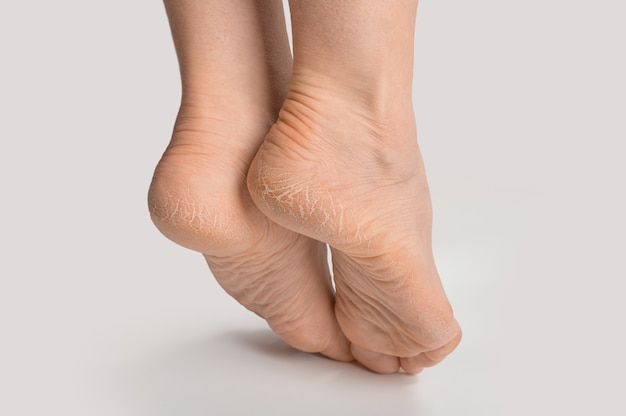 This may make it harder for a person to notice wounds, such as blisters, on their feet. As such, a person may not treat some wounds, so these cuts and sores may have a higher infection risk.
This may make it harder for a person to notice wounds, such as blisters, on their feet. As such, a person may not treat some wounds, so these cuts and sores may have a higher infection risk.
Damage to the nerves can also impact how the body keeps its natural oils and moisture in the feet. This may make it more difficult for a person to feel the formation of hard, thick sections of skin. Therefore, a person with diabetes may be more likely to develop dry and cracked skin.
Usually, a healthy blood flow delivers sufficient nutrients and immune cells to a wound, which encourages healing and prevents infections. However, as diabetes can affect circulation, it causes blood to move more slowly, which means the body may have difficulty healing the wound or stopping an infection.
Additionally, a decrease in circulation can result in changes to the skin of the feet and lead to the formation of calluses.
The American Academy of Dermatology Association (AADA) recommends the following options to help treat cracked heels at home and prevent them from coming back.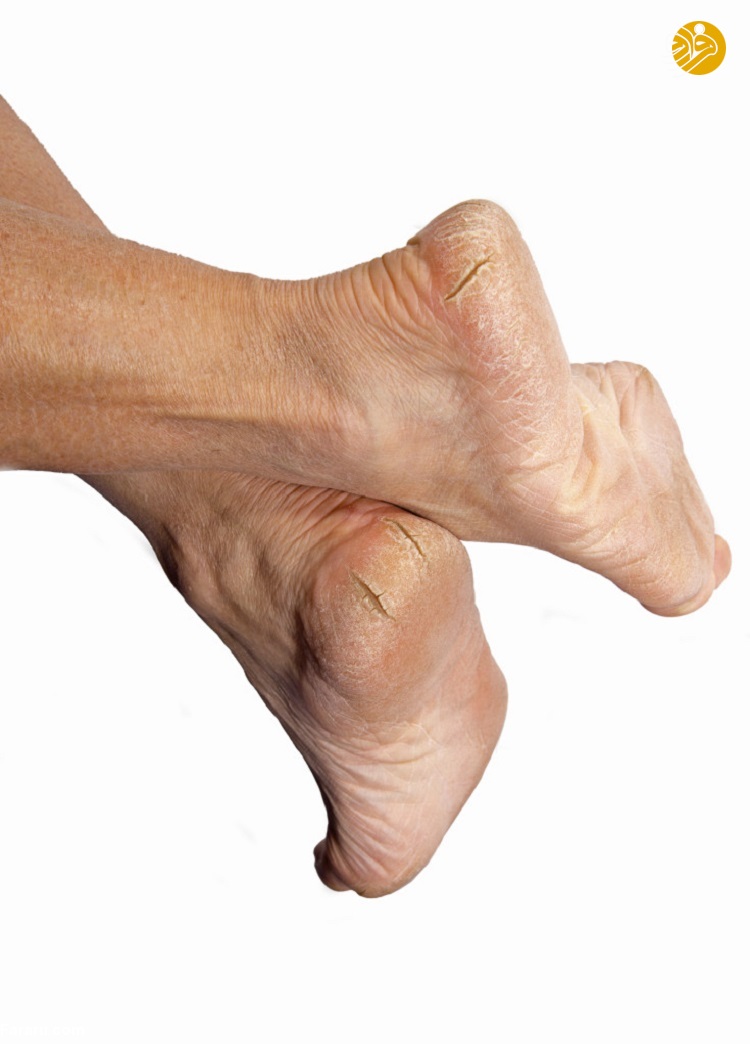 These suggestions include:
These suggestions include:
- Taking shorter baths and showers: Bathing for too long can make skin dry out, which can worsen cracked heals. It is also advisable to gently blot the skin dry using a towel.
- Using a gentle cleanser: This can help the skin on the heels retain their natural oils and prevent dry skin.
- Moisturizing after bathing: Applying a moisturizer to the heels immediately after bathing, when the skin is still damp, can lock in moisture. People may consider using moisturizers that contain urea, alpha hydroxy acid, or salicylic acid.
- Applying petroleum jelly before bed: Applying a layer of plain petroleum jelly and wearing socks before bed can help heels maintain moisture.
- Protecting the heels: People may consider using a liquid bandage during the day to create a protective barrier over the heel. This can help reduce pain, speed up healing, and prevent pathogens from entering the skin.

- Wearing proper footwear: Wearing appropriate footwear can provide the feet with suitable support and reduce pressure on the heel. As such, people may want to avoid open-heeled shoes, such as flip flops.
In more severe cases, or if a person notices no improvement, it is advisable for them to contact a podiatrist. This term refers to an individual who specializes in the medical care and treatment of the foot.
A podiatrist can provide advice on looking after the feet and can offer more effective treatment options, which may include debridement or stronger softening or debriding agents.
Learn more about treating cracked heels.
Foot health complications that a person with diabetes may experience include:
- Neuropathy: This refers to a potential complication of diabetes that results in nerve damage. This can lead to a person losing sensation in their feet, making it difficult to feel cuts or sores that can worsen and result in further complications.

- Circulation decrease: A decrease in blood flow to the feet can cause injuries to heal slowly or not heal at all, making it harder for the feet to clear infections.
- Foot ulcers: This refers to slow-healing wounds that commonly affect the feet of people living with diabetes. Without proper management, an ulcer can undergo necrosis and become gangrenous.
- Amputation: In severe cases, when wounds do not heal on the foot, a doctor may need to surgically remove the limb.
The Centers for Disease Control and Prevention (CDC) provides tips to keep feet healthy, including:
- Checking feet regularly: By checking the feet every day for any cuts, discoloration, sores, or other changes to the feet, a person can appropriately treat the health concern before it gets worse.
- Washing feet: It is important to wash, dry, and moisturize the feet to keep them clean and hydrate them.

- Avoiding going barefoot: To help prevent potential injuries to the feet, it is advisable to always wear footwear, such as shoes, socks, and slippers.
- Wearing well-fitting shoes: By wearing comfortable shoes that provide appropriate support, people can avoid injuries to their feet, such as blisters.
- Trimming nails carefully: It is advisable that people trim toenails straight across and keep them short. Rounded nails can grow inward, leading to infection.
- Caring for corns and calluses: It is important to treat corns and calluses carefully because if a person attempts to remove them themselves, this could cause injury.
- Regular foot exams: In addition to regularly connecting with other members of the diabetes healthcare team, a person may want to consider attending podiatry appointments so that a doctor can check their feet.
- Regular physical activity: Keeping physically active supports adequate blood flow to the feet, which can help avoid foot health concerns.
 A person can consider feet-friendly activities, such as walking, biking, or swimming.
A person can consider feet-friendly activities, such as walking, biking, or swimming.
Additionally, it is important for a person to try to manage their blood sugar and keep it within a stable range. A person can reduce the risk of foot health complications from diabetes by:
- checking blood glucose levels regularly
- taking diabetes medication
- maintaining a moderate weight
Potential complications of diabetes can include a circulation decrease and slow wound healing. This means a person living with diabetes may be at a higher risk of foot health concerns, such as cracked heels. Without appropriate treatment, cracked heels can become painful and develop infection.
Therefore, to prevent cracked heels and potential complications, it is important for a person with diabetes to try following foot care tips, such as checking their feet regularly, moisturizing, and wearing well-fitting shoes.
Skin lesions in diabetes
Home / Articles / Skin lesions in diabetes
Diabetes is a chronic disease that has a negative impact on the entire human body.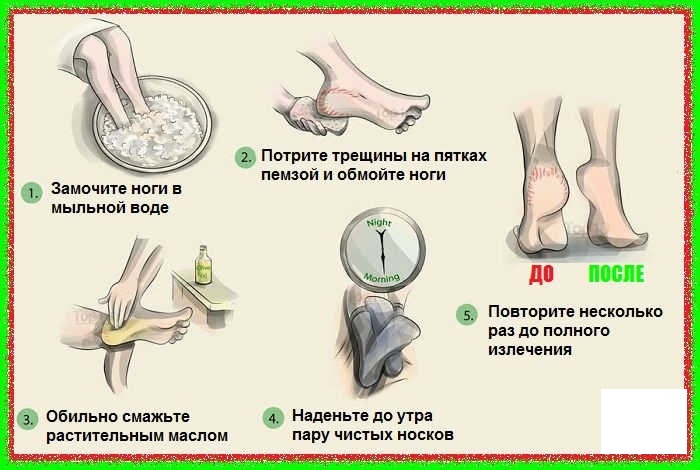 Often the life of people living with diabetes is complicated not only by the need to constantly monitor the level of sugar (glucose) in the blood, damage to the eyes, kidneys, cardiovascular system, but also by various skin disorders. With a severe course of the disease, it becomes rough to the touch, its turgor decreases, significant peeling develops, especially of the scalp. Hair loses its shine. Calluses and cracks appear on the soles and palms. Often develops a pronounced yellowish coloration of the skin. Nails are deformed and thickened.
Often the life of people living with diabetes is complicated not only by the need to constantly monitor the level of sugar (glucose) in the blood, damage to the eyes, kidneys, cardiovascular system, but also by various skin disorders. With a severe course of the disease, it becomes rough to the touch, its turgor decreases, significant peeling develops, especially of the scalp. Hair loses its shine. Calluses and cracks appear on the soles and palms. Often develops a pronounced yellowish coloration of the skin. Nails are deformed and thickened.
Some dermatological manifestations can act as “signals” of an undiagnosed diabetes mellitus. As a rule, the disease is indicated by skin itching, dryness of the mucous membranes and skin, recurrent skin infections (candidiasis, pyoderma), diffuse hair loss.
The etiology of skin lesions in diabetes is certainly associated with disorders of carbohydrate metabolism. To prevent the development of complications, patients need to constantly monitor their blood sugar levels.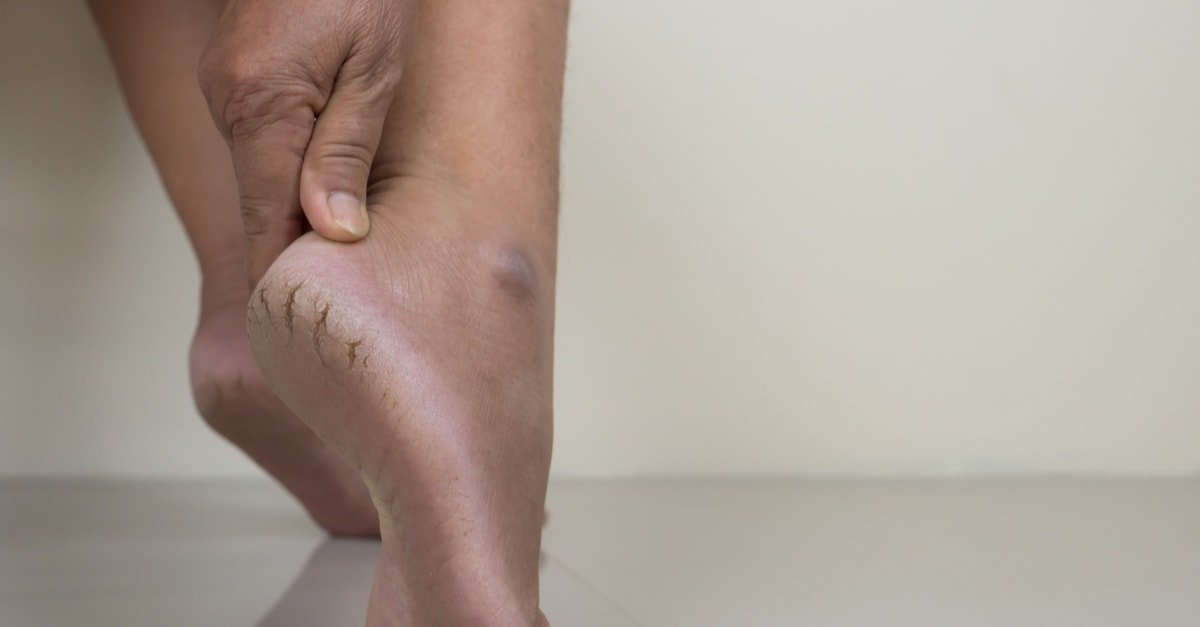 The closer this indicator is to “non-diabetic”, the less likely the occurrence and development of complications.
The closer this indicator is to “non-diabetic”, the less likely the occurrence and development of complications.
Diabetic dry skin
When blood sugar (glucose) is elevated, the body of a diabetic produces excess urine and loses fluid. This means that the skin is also dehydrated: the skin becomes dry and flaky. The work of the sebaceous and sweat glands is disrupted. Unpleasant itching occurs, cracks form, and the risk of developing skin infections increases.
Good skin hygiene helps prevent skin lesions. But conventional cosmetics, such as toilet soap, are not suitable for diseased skin: it lowers the acidity of the skin, reducing its resistance to microbes. Therefore, wash, wash hands and feet should be pH-neutral soap. And the face is generally better to clean with water lotions or cosmetic milk.
Great attention should be paid to the skin of the hands and feet. Maintaining the cleanliness of the skin, the use of special moisturizing and softening cosmetics is a necessary daily procedure for diabetics.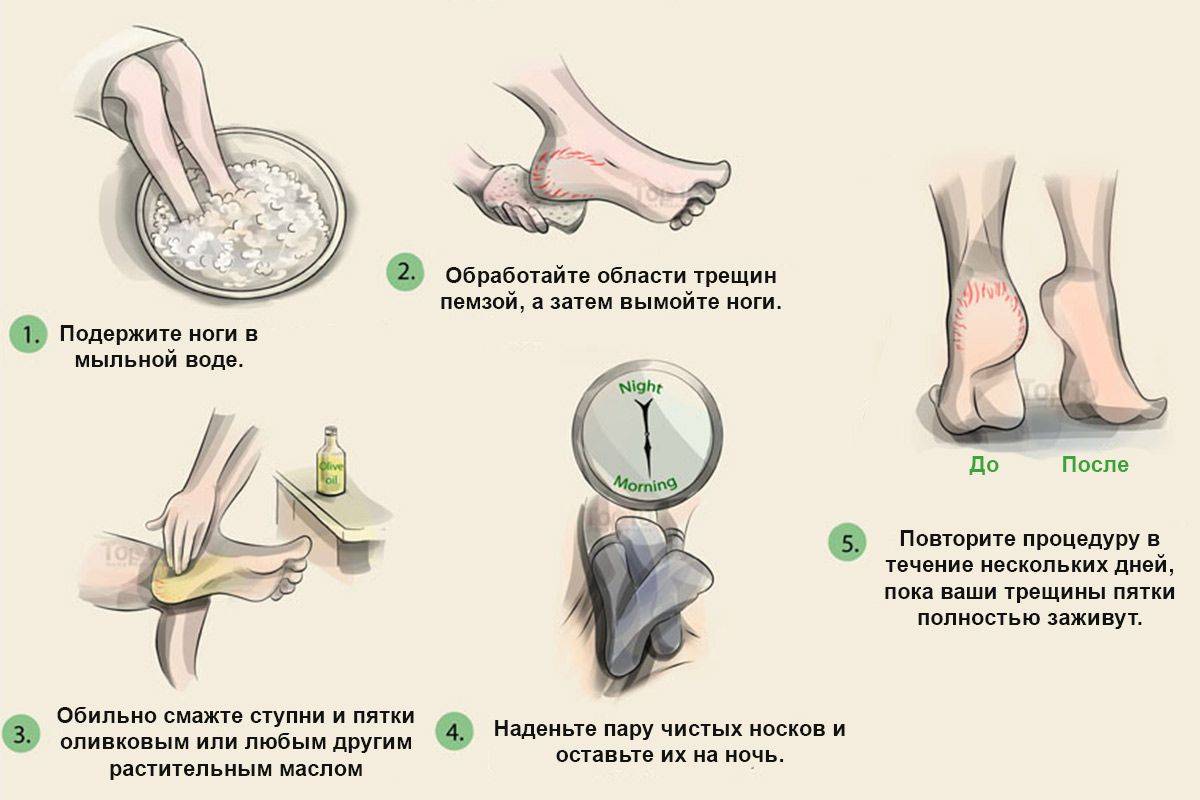 The most effective are cosmetic products containing urea.
The most effective are cosmetic products containing urea.
Diabetic hyperkeratosis
Hyperkeratosis (excessive callus formation) is one of the main causes of diabetic ulcers. When wearing tight shoes, constant pressure on a certain spot can cause calluses to form. They usually occur on the sole (corns), on the upper surface of the finger, sometimes on the lateral side and in the interdigital space. The resulting callus presses on the skin, causing a hemorrhage under it, which can subsequently lead to the formation of a trophic ulcer. Dryness of the skin of the heel area leads to its keratinization, the appearance of cracks, which cause a lot of inconvenience when walking and can also become infected.
Patients with diabetes should wear comfortable, ideally special orthopedic shoes to avoid foot deformity, blisters and abrasions. In no case should a callus that has already formed be cut off or steamed out in hot water. It is forbidden to use corn liquid and patches.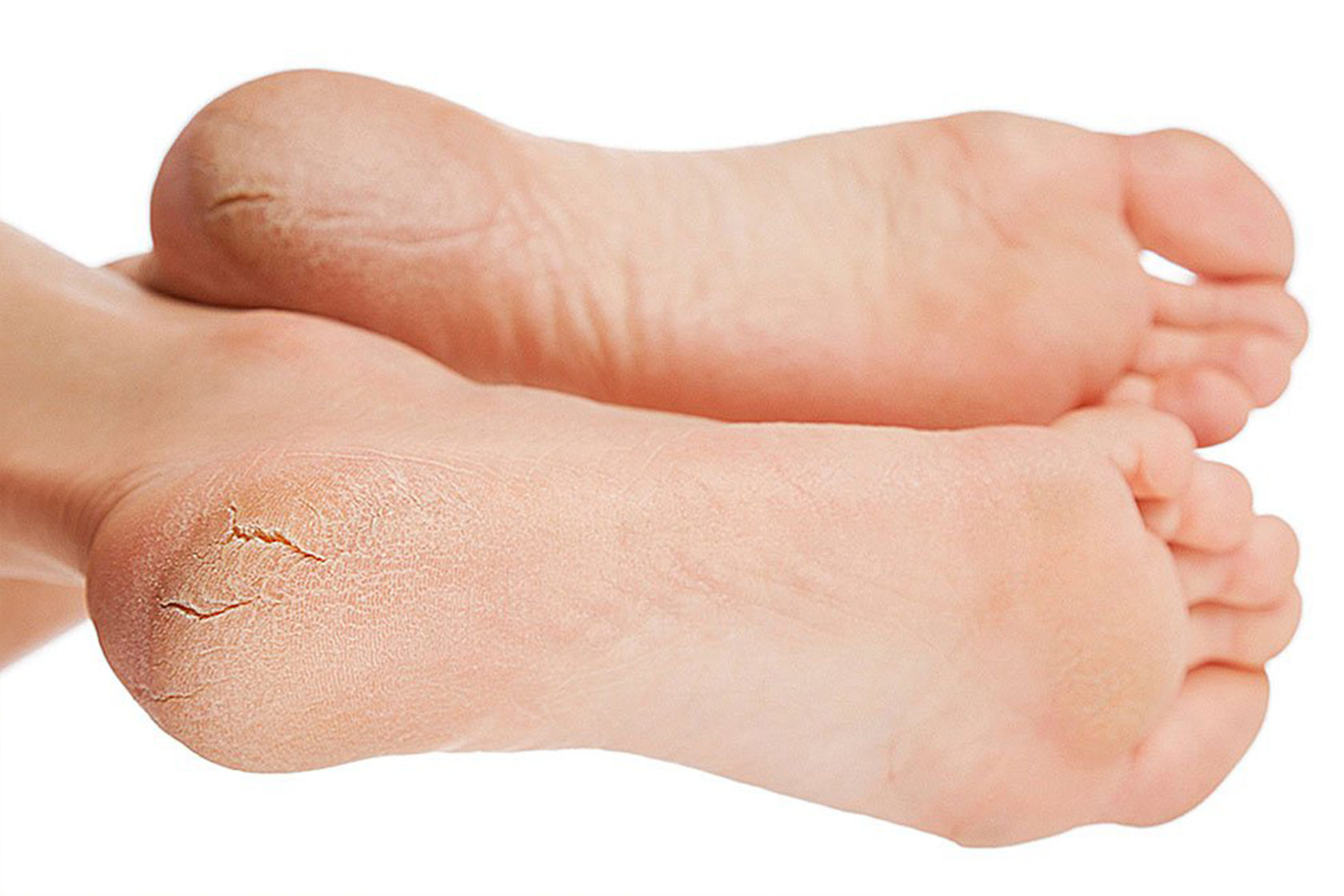 The means of choice in such cases are special softening and moisturizing creams containing a large amount (about 10%) of urea. It is best to use them 2-3 times a day: apply to clean skin, preferably after pumice treatment, and make sure that the cream does not get into the area between the fingers.
The means of choice in such cases are special softening and moisturizing creams containing a large amount (about 10%) of urea. It is best to use them 2-3 times a day: apply to clean skin, preferably after pumice treatment, and make sure that the cream does not get into the area between the fingers.
Trophic ulcers in diabetes mellitus
Diabetic ulcers appear when infected wounds have not been properly treated. With the formed trophic ulcers, patients with diabetes mellitus are treated in the office of the “Diabetic foot”. The general principles of treatment are the use of modern dressings (alginates, polyurethane foam dressings, hydrogels, etc.), regular treatment of the wound with alcohol-free antibacterial agents and the competent use of antibiotics.
Infection of cuts and small skin lesions in diabetes mellitus
Patients with diabetes often develop skin infections at the sites of insulin injections and blood sampling. Small skin cuts when cutting nails can also become the entrance gate of infection. Due to impaired nerve conduction (diabetic neuropathy), diabetic patients have reduced pain sensitivity, and even serious skin damage can go unnoticed, which will eventually lead to infection. Therefore, patients with diabetes pay considerable attention to the condition of the skin, undergo special training under the program “Diabetic foot”.
Small skin cuts when cutting nails can also become the entrance gate of infection. Due to impaired nerve conduction (diabetic neuropathy), diabetic patients have reduced pain sensitivity, and even serious skin damage can go unnoticed, which will eventually lead to infection. Therefore, patients with diabetes pay considerable attention to the condition of the skin, undergo special training under the program “Diabetic foot”.
For the treatment of small wounds, under no circumstances should the use of alcohol-containing solutions (iodine, brilliant green) or potassium permanganate solution be recommended. It is best to treat with hydrogen peroxide, furatsilin, chlorhexidine or apply special cosmetics containing antibacterial components. If signs of inflammation appear (its signs are redness, swelling, soreness), the patient should immediately see a doctor.
Fungal infection of nails and skin (mycosis) in diabetes mellitus
The source of fungal infection is the contact with the skin of pathogens of mycoses.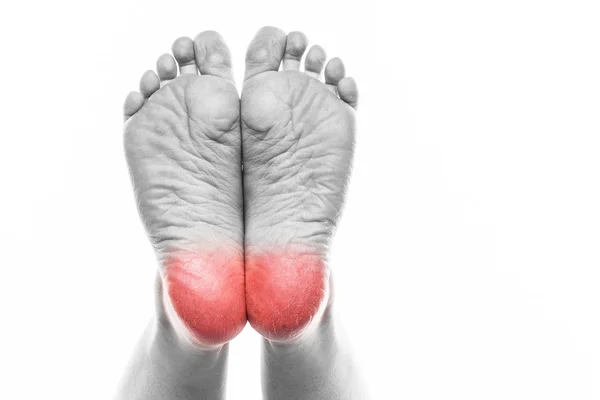 The weakening of the immune defense in diabetic patients leads to the fact that the fungus begins to actively multiply. Fungal infections in patients with diabetes occur more than 2 times more often than in healthy people.
The weakening of the immune defense in diabetic patients leads to the fact that the fungus begins to actively multiply. Fungal infections in patients with diabetes occur more than 2 times more often than in healthy people.
Mycosis of the nail plate (onychomycosis) is manifested by a change in the color of the nail, its thickening or delamination. The thickened toenail puts extra pressure on the toe in the shoe, which can result in a diabetic ulcer. To reduce the thickness of the nail, patients with diabetes regularly perform mechanical processing of the plate: polishing with a file or pumice stone.
Itching, irritation in the folds of the skin or in the space between the fingers indicate the presence of a fungal infection of the skin. To prevent the occurrence of skin mycoses, patients can be recommended to use daily cosmetic creams containing fungicidal and antibacterial complexes. Fungal infections are perfectly treated with modern drugs, both oral and topical, provided that they do not increase the moisture between the fingers.
Patients with diabetes are characterized by increased sweating, thermoregulation disorders, especially in the folds of the skin, resulting in diaper rash. To prevent the development of a fungal infection, places with diaper rash are recommended to be treated with talc or prophylactic creams containing zinc oxide.
Diabetic Foot Syndrome
It is common knowledge that people with diabetes are at a significantly higher risk of foot problems than other people. Diabetic foot syndrome (DFS), a complex of purulent-destructive lesions of the lower extremities in diabetes, is one of the serious complications of diabetes mellitus, often leading to leg amputation. Quite eloquently this is evidenced by at least the fact that the risk of developing foot gangrene in patients with diabetes is 10-15 times higher.
If the peripheral nerve endings are damaged, the skin of the legs will no longer feel pain, temperature changes, and touch. This poses a high risk of injury.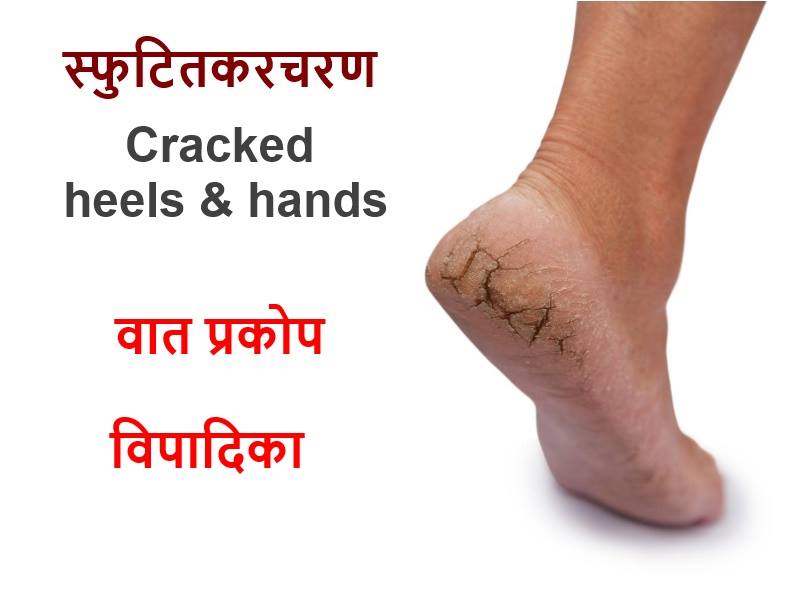 The patient can step on a sharp object, get burned, rub his leg – and not feel it. Violations of capillary blood flow (microangiopathy) dramatically reduce the ability of the wound to heal.
The patient can step on a sharp object, get burned, rub his leg – and not feel it. Violations of capillary blood flow (microangiopathy) dramatically reduce the ability of the wound to heal.
The manifestations of SDS include: trophic ulcers; chronic, long non-healing purulent wounds; foot phlegmon; osteomyelitis of the bones of the foot; gangrene of one or more fingers, the entire foot or part of it. The treatment of a diabetic foot is very complex and costly, often patients come to the doctor already at such a stage of development of the complication that only amputation can save a life. Therefore, it is very important that patients know that early contact with a doctor, prevention of skin lesions and foot care are necessary measures to prevent disability.
Foot care for diabetics differs significantly from normal hygiene for people without diabetes. The main point in the treatment of diabetic foot is the correction of blood sugar levels, so the treatment is usually carried out by a surgeon together with an endrinologist. It is almost impossible to achieve good results in the treatment of infectious skin diseases without correction of carbohydrate metabolism.
It is almost impossible to achieve good results in the treatment of infectious skin diseases without correction of carbohydrate metabolism.
Special rules for foot care have been developed for patients, and there are offices or departments of the “Diabetic Foot” in polyclinics.
Today, diabetics can find everything they need for special skin care in pharmacies. A sufficient choice of expensive imported and effective, but affordable Russian products will help make thorough skin care for diabetes a good habit, improve the quality of life of patients and avoid the development of a number of serious complications
Diabetic foot: causes, symptoms, treatment methods
Reading time: 21 min
.
One of the most serious global health problems is diabetes mellitus, a chronic endocrinological disease caused by a lack of the hormone insulin in the body.
According to statistics from the World Health Organization (WHO), approximately 500 million people worldwide have been diagnosed with diabetes.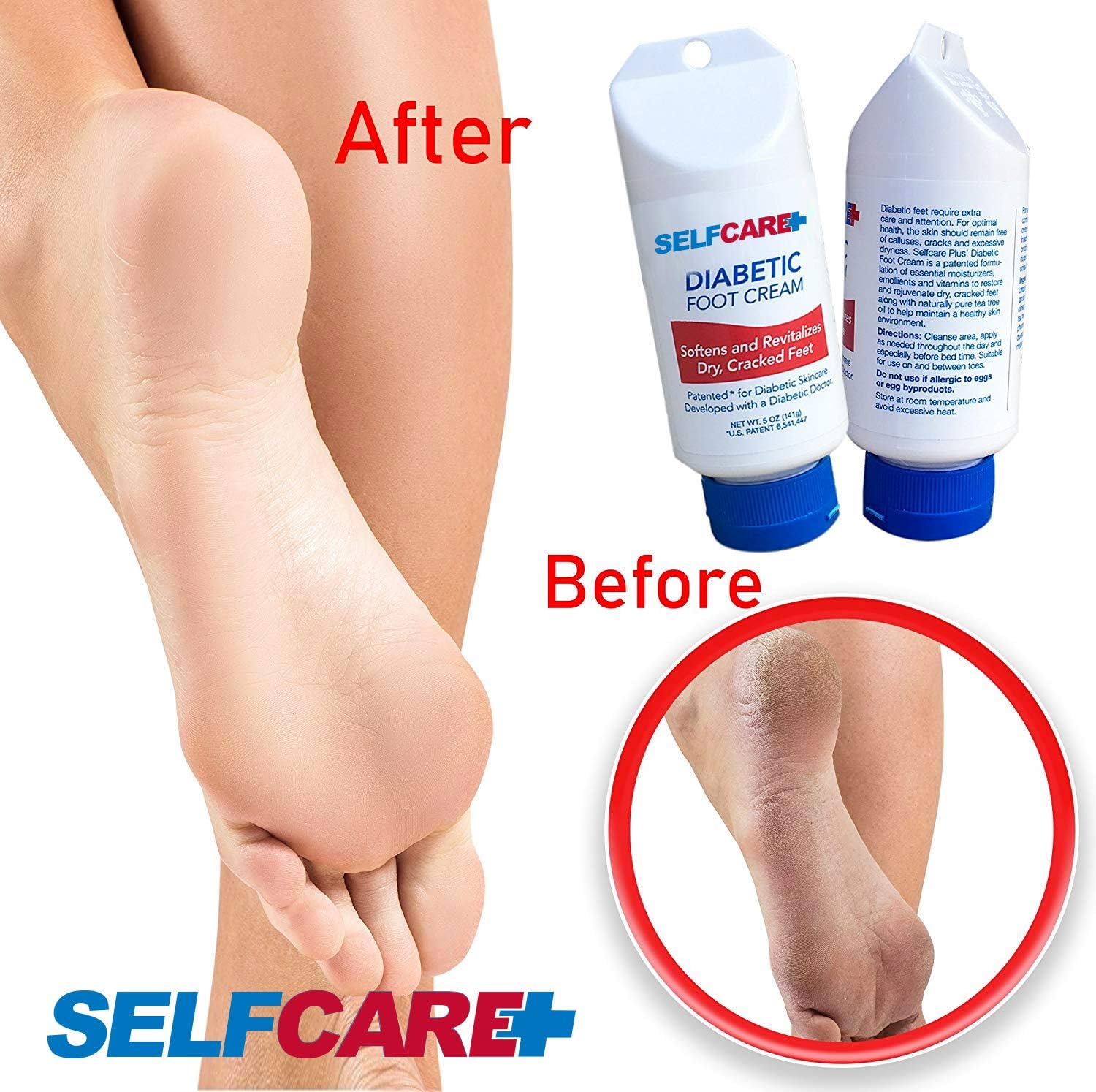 Every year the incidence rate is growing – over the past 40 years, the number of registered cases has increased 4 times.
Every year the incidence rate is growing – over the past 40 years, the number of registered cases has increased 4 times.
In addition to the fact that the disease itself is a dangerous disease for a person, it often leads to serious consequences. One of the most difficult consequences of diabetes is the disease Diabetic foot.
Description of manifestations “Diabetic foot”
Diabetic foot syndrome (diabetic foot or DFS) is a complex of complications of diabetes mellitus. This is a dangerous disease that is formed in people with diabetes and involves the process of damage to the epidermis, dermis, bones, nerve endings on the feet; with untimely or absent treatment, loss of a leg is possible.
According to statistics, every tenth person diagnosed with DM (diabetes mellitus) is diagnosed with the disease Diabetic foot, 50% of diabetics are at risk.
Diabetes mellitus implies a malfunction in the functioning of the nervous, vascular systems, which leads to disorders associated with blood supply and nervous regulation of the extremities. These disorders are the cause of the disease SDS.
These disorders are the cause of the disease SDS.
In the initial stages, the main symptoms of the disease are superficial ulcerative lesions on the feet, in later stages the ulcers penetrate deeper, affecting muscles, tendons, and bones. In the last stages, a limited and then extensive gangrene is formed.
The main methods of treatment for diabetic foot are the normalization of blood sugar, local treatment of the skin and nail plates, drug therapy, and surgical interventions.
Diabetic foot belongs to the category of those diseases, the treatment of which absolutely cannot be delayed! Gangrene, general blood poisoning, amputation, death of the patient are the real consequences of inaction. Therefore, you should contact the experts immediately.
Which doctor to contact
An endocrinologist and a surgeon are the doctors you should definitely contact when the first signs of a diabetic foot appear. Often, treatment requires an integrated approach; both a vascular surgeon, a neurologist and an endocrinologist, as well as an orthopedist, traumatologist, dermatologist and podologist can take part in it.
Often, treatment requires an integrated approach; both a vascular surgeon, a neurologist and an endocrinologist, as well as an orthopedist, traumatologist, dermatologist and podologist can take part in it.
It is necessary to take a number of measures and prescribe a comprehensive treatment in order to return a person to a comfortable life and painless mobility.
Causes of disease
Violation of normal blood circulation is the main cause of the disease. Patients with diabetes have elevated blood glucose levels, which inevitably causes metabolic disturbances, which leads to damage to the blood vessels of the extremities and deterioration of blood supply to tissues.
First of all, the blood supply to the distal parts of the lower extremities is disturbed. There is insufficient nutrition of the cells of the nerve endings, so irreversible changes occur – the nerve cells die, the lower limbs lose their sensitivity.
The feeling of pain weakens, as a result, small wounds, calluses, abrasions that appear on the feet do not cause pain, so they may not heal for a long time, grow and increase in size, and bacteria and viruses that enter cause suppuration.
Thus, the main causes of DFS are circulatory disorders due to high blood glucose (hyperglycemia) and nerve damage (neuropathy) of the lower extremities . Further development of the disease is caused by causes associated with damage to the skin of the feet:
- wearing tight, uncomfortable shoes that can lead to calluses, corns, and other skin lesions;
- injuries, scratches, abrasions, insect bites and other mechanical damage to the skin;
- small cuts and wounds resulting from a pedicure;
- ingrown nails;
- cracked feet;
- fungal diseases.
Diabetic foot symptoms. Disease stages.
People with diabetes need to be as attentive and sensitive to their own health as possible. At the first changes in the state of health and well-being, it is advisable to consult a specialist. The feet are a part of the body that also requires increased attention.
You are advised to contact your doctor if you experience any of the following symptoms:
- crawling sensation in the legs
- numbness of the lower extremities, their tingling
- burning sensation in legs
- occurrence of cramps in the calves
- hair loss in the lower legs
- the appearance of pigmentation on the legs or discoloration (blanching, redness, blue)
- darkening of the nail plate (bruising under the nail plate)
- cracking of the feet
- weeping eczema between fingers (small blisters with clear liquid inside)
- Leg injuries heal slowly or do not heal at all
- itching
- edema formation
- peeling, dry skin
Symptoms of SDS may also include increased fatigue, as well as pain in the legs at night and during walking.
SDS stages
In medicine, several stages of the disease are defined:
Zero or initial stage :
- deformity of the bone structure of the foot
- callus formation
- skin color pale
- itching may occur without visible damage to the skin
The most important task of this stage is to prevent damage, because any wound on the feet is the prospect of developing an ulcer. It is necessary to provide maximum skin care, and, if possible, do not burden the feet.
First stage :
- ulceration and cracking of the skin of the feet
- darkening of the nail plate, possible ingrown nails
- thumb bones are deformed
- wounds, abrasions and cuts do not heal for a long time
Lesions are superficial – bones, tendons, muscles are not damaged.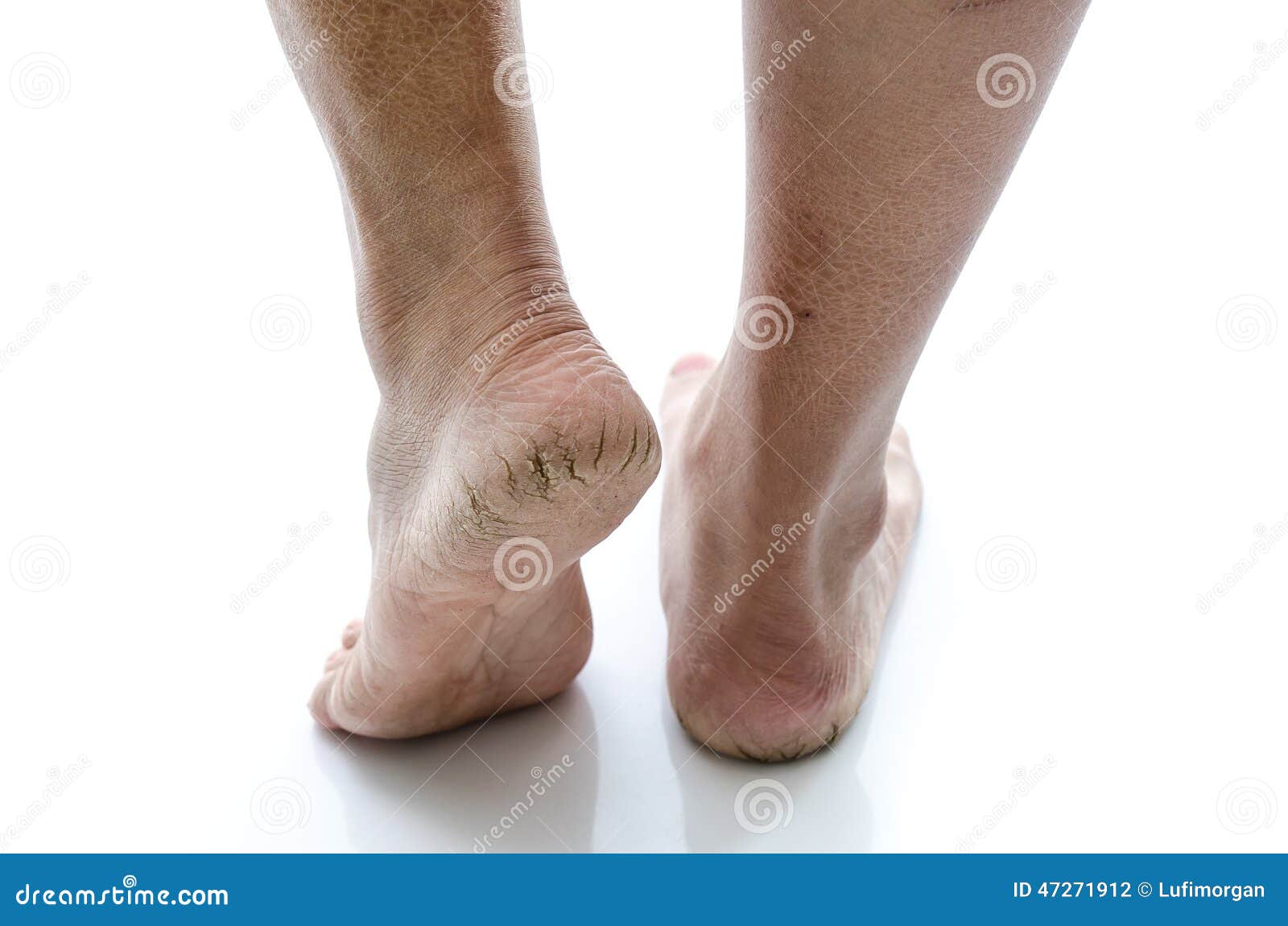
At this stage it is necessary to prevent infection of the wound. It is important to keep the wound clean and speed up the healing process.
Second stage :
- wounds become deeper
- ulcer begins to affect subcutaneous tissues, muscles, tendons
- when the wound becomes infected, swelling, redness, pus appear
Deep tissue and bone lesions in the second stage have not yet been diagnosed. The wound can be either infected or uninfected.
The main task in the second stage is to remove dying tissues, thereby avoiding suppuration.
Third stage :
- lesions become deeper, bones, joints are affected
- osteomyelitis develops (an inflammatory process in which all elements of the bone are affected)
- an abscess develops (purulent inflammation)
Fourth stage :
- the process of gangrene formation (death of living tissues) begins
First, the area of the fingers turns black (starts from the tips), then the supporting part is affected. The limb can be saved with surgery.
The limb can be saved with surgery.
Fifth stage :
- Gangrene continues to spread throughout the foot, rising to the lower leg.
Areas with affected tissue increase, the only way out at this stage is amputation of the limb.
The fifth stage of the disease is extremely dangerous and life threatening.
Diagnosis of DFS is statistically the most common reason for amputation. It is important for diabetics to remember that it is necessary to follow the rules for the prevention of SDS, and at the first suspicion, immediately consult a doctor.
Varieties of diabetic feet
In medicine, three varieties are distinguished – these are ischemic diabetic foot, neuropathic and mixed (ischemic-neuropathic or neuroischemic).
Ischemic type of DS
Ischemic DS (caused by circulatory and blood supply disorders): with this type of diabetic foot, blood vessels are affected, tissue deficiencies form, swelling, pigmentation and pain appear during walking.
Symptoms that are observed in the ischemic form of DFS:
- severe leg fatigue
- edema
- weak or absent pulse in the feet
- feet cold and pale
- pigmentation
- dry feet
- calluses that do not heal for a long time
- further development of painful ulcers
Neuropathic DS
The neuropathic variety is diagnosed more often than others, the cause is damage to the nerves of the lower extremities. With this variety, the patient has a deterioration in the sensitivity of the feet. Calluses and other injuries of the feet do not bring discomfort when walking, this leads to their long-term healing.
Symptoms characteristic of the neuropathic form of DFS:
- decreased thermal and tactile sensation in the legs
- reduced reflexes
- feet are warm, pulsation is present
- deformity of joints and fingers
- development of flat feet
- Painless sores on the feet (usually between the toes)
Mixed DS
This variety is characterized by disturbances in the functioning of the vascular and nervous systems of the lower extremities. With a mixed form, signs of both ischemic and neuropathic forms can be observed.
With a mixed form, signs of both ischemic and neuropathic forms can be observed.
Complications of diabetic foot
DFS disease is characterized by impaired blood supply and metabolism of the tissues of the foot, which is a serious threat to the rapid healing of wounds. Often, the resulting microtraumas go unnoticed, because. do not cause inconvenience and pain.
Calluses, abrasions, wounds from foreign objects that got into the shoes or received during the processing of nails do not heal for a long time. A long time non-healing affected area is an excellent breeding ground for bacteria, infections and fungi.
Complications of a diabetic foot are extremely sad – there is a risk of developing trophic ulcers, gangrene and further deprivation of a limb. According to statistics, this happens in 20% of cases of SDS.
Main complications of DS : skin and bone necrosis, deformities of bones and joints, ulcers, gangrene.
Infections
Any abrasions take a very long time to heal and there is a high risk of infection.
It is unacceptable to ignore doctor’s appointments! At an early stage, you need to contact a podiatrist.
Foot deformity
Damage to the nerves of the lower extremities leads to a decrease in the motor activity of the muscles and their atrophy. Muscle tone becomes weak, which affects the musculoskeletal system of the limbs – the fulcrum changes, the correct distribution of weight is disturbed; such violations lead to the development of flat feet and changes in the ankle joint. The patient has changes in gait – lameness appears.
Charcot’s arthropathy is a severe complication associated with foot deformity.
Charcot’s foot is a rare rapidly developing severe complication of DM, which is associated with the destruction of the soft tissues of the feet and joints; there is a deformation of the shape of the foot and the formation of trophic ulcers in places of high pressure on the foot; full support on the leg is impossible.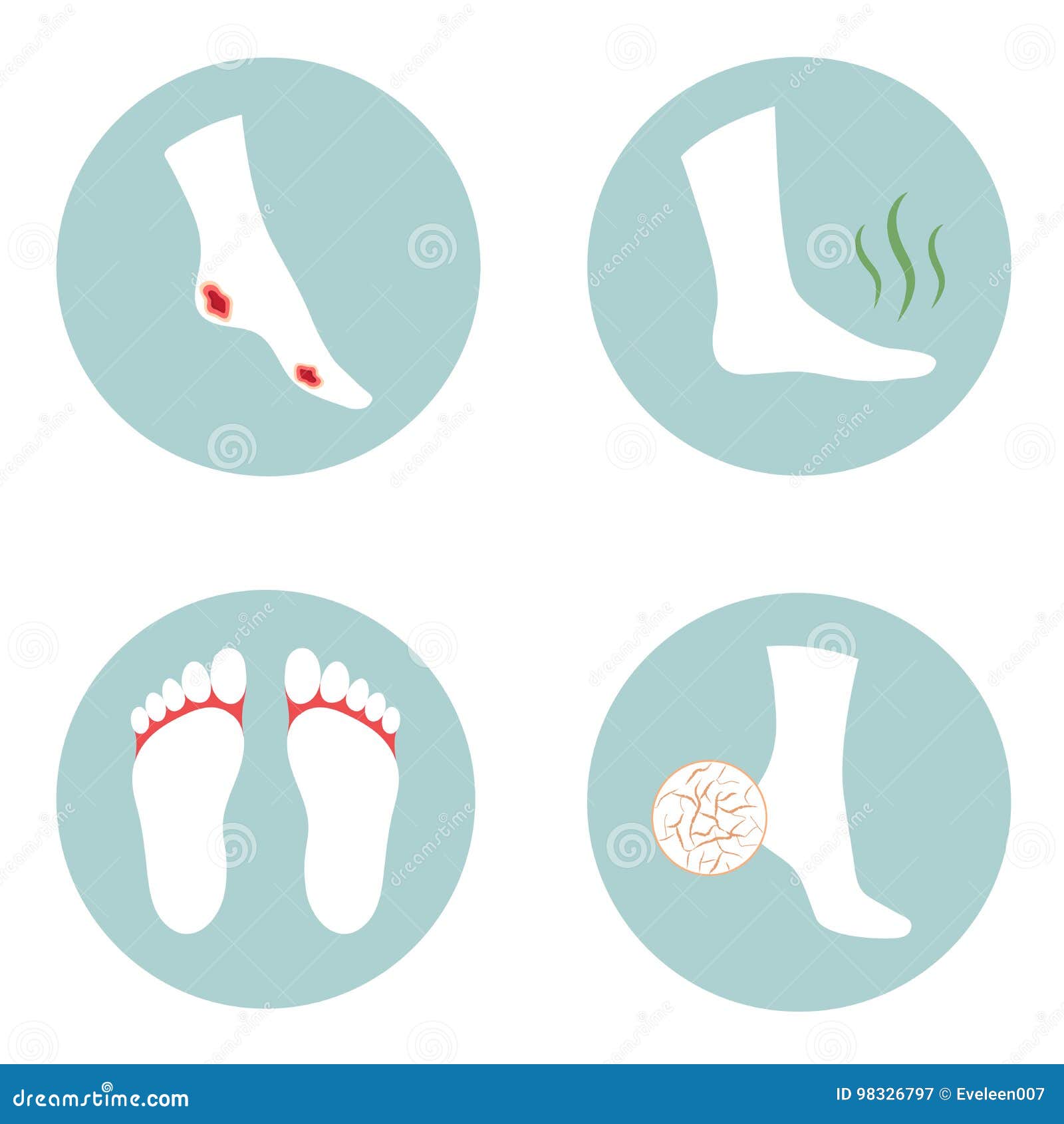
Ulcers
In 20% of people with DM, there is a complication such as trophic ulcers, and the usual wear from shoes can cause it. Often, it is long-term non-healing wounds that become the reason for going to the doctor and further diagnosing diabetes mellitus.
Ulcers are mostly the result of self-treatment!
It is very important to start treatment on time, as the wound does not heal on its own, spreads deeper, necrosis processes begin.
Independent and timely diagnosis of ulcers is difficult, because symptoms do not appear until the moment of infection – until swelling, an unpleasant odor, irritation and itching appear.
Gangrene
Gangrene is the necrosis of the tissues of a living organism. Tissue cells die, the skin turns black. To stop the spread of infection throughout the body and to save lives, amputation of a limb is performed.
According to statistics, within five years after amputation, amputation of the second limb is performed in 50% of cases.
It is possible to save a leg in rare cases and in the first stages of the disease, the only way is to restore blood circulation in the limbs.
For people with diabetes, regardless of the stage and form of the disease, self-monitoring and strict care are extremely important! Constant monitoring of blood glucose levels, thorough daily examination and foot care will reduce the risk of dangerous complications by half!
Diagnosis and treatment of diabetic foot
First of all, doctors need to study the history of the course of the underlying disease – diabetes mellitus; in addition to the study of the medical history, a survey and examination of the patient is carried out.
To determine the tactics of treatment, a number of studies are needed:
- Detailed medical history (information about the patient and the development of the disease): the duration of the disease, the presence of ulcers, previous treatment, visual condition, the presence or absence of pain, the period of their manifestation, etc.

- Examination of the legs: color of the skin and nails, the presence of flat feet, deformities of the fingers, the presence of edema, cracks, thickening of the skin, etc.; inspection of both extremities is obligatory.
- Assessment of blood flow by arterial palpation
- study of diabetic neuropathy: assessment of subjective (pattern of pain, tingling, burning, chilliness, decreased sensation) and objective (muscle strength, reflexes, etc.) symptoms. To assess the functions of the peripheral nervous system, electroneuromyography (ENMG) is performed – a modern research method that allows you to diagnose the state of the nervous system.
- study of macroangiopathy (changes in the arteries that develop against the background of diabetes mellitus): assessment of blood flow using ultrasound duplex scanning of vessels (USDS) and radiopaque angiography. Ultrasound allows you to visualize a blood vessel, examine its condition and blood flow.
 Angiography is the main method for assessing vascular damage and the state of blood flow.
Angiography is the main method for assessing vascular damage and the state of blood flow. - Investigation of the state of bone structures: assessment of the state of bone tissue using radiography. If necessary, an MRI (magnetic resonance imaging) examination is possible.
- Blood test and bacteriological examination of discharge from wounds. Studies are needed to determine the severity of the inflammatory process and the selection of effective antibiotic therapy.
Treatments for diabetic foot
- Antibacterial therapy: bactericides, antibiotics, antiseptics. The choice of drugs and the duration of treatment depends on the results of a blood test and a bacteriological examination of the contents of the wound
- Surgical treatment of ulcers: removal of damaged tissue
- Unloading the affected limb: use of special devices and dressings
- therapeutic measures to improve blood flow
- Physiotherapeutic methods: most often performed after surgical treatment for the purpose of rehabilitation and include magnetotherapy, phototherapy, UHF therapy, etc.

The main rules that every patient with diabetes should know are the refusal of self-medication, timely access to a doctor and an integrated approach. Control of blood counts, medical procedures and timely access to a specialist will help to avoid disastrous consequences.
Diabetes Prevention
Prevention of diabetic foot syndrome is essential for patients diagnosed with diabetes mellitus.
Required action:
- Continuous blood sugar monitoring
- Daily foot check
- quit bad habits (smoking, alcohol)
- refusing to go barefoot, even at home
- Special Therapy Orthopedic Shoes
- Maximum possible protection against burns and cold feet
- Power normalization
- Performing therapeutic and breathing exercises (to improve the state of the cardiovascular system, normalize body weight, improve lymph flow)
- regular medical examinations
- Self-treatment exception
Remember that it is much easier to prevent the development of DFS than to cure it.

 This can help reduce pain, speed up healing, and prevent pathogens from entering the skin.
This can help reduce pain, speed up healing, and prevent pathogens from entering the skin.

 A person can consider feet-friendly activities, such as walking, biking, or swimming.
A person can consider feet-friendly activities, such as walking, biking, or swimming.
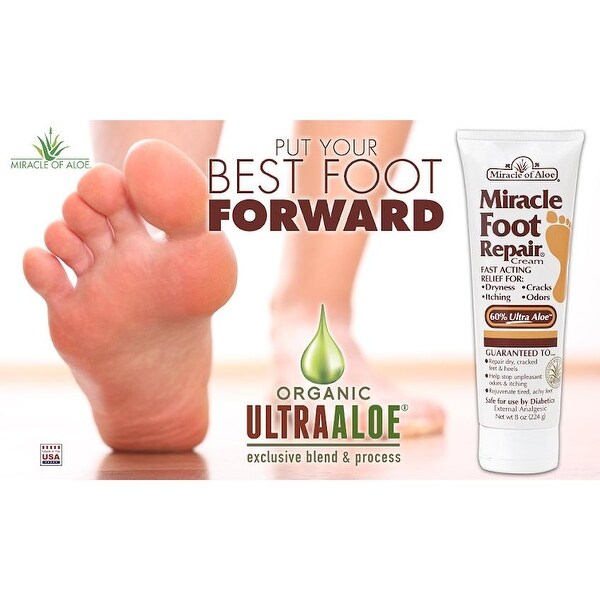

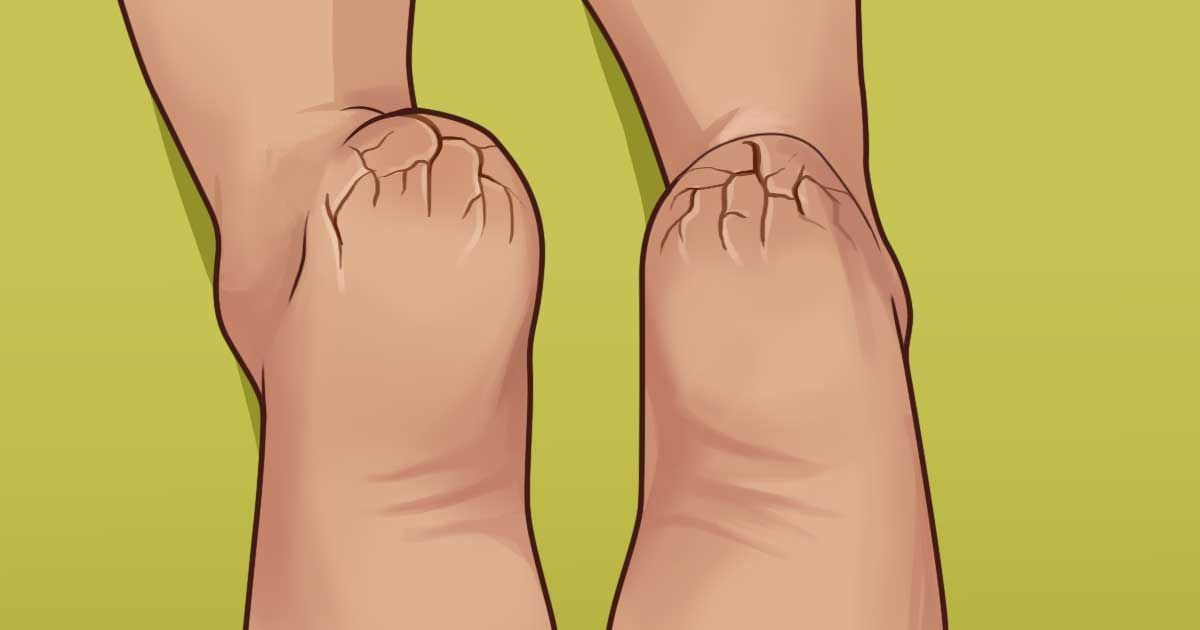 A person can consider feet-friendly activities, such as walking, biking, or swimming.
A person can consider feet-friendly activities, such as walking, biking, or swimming.
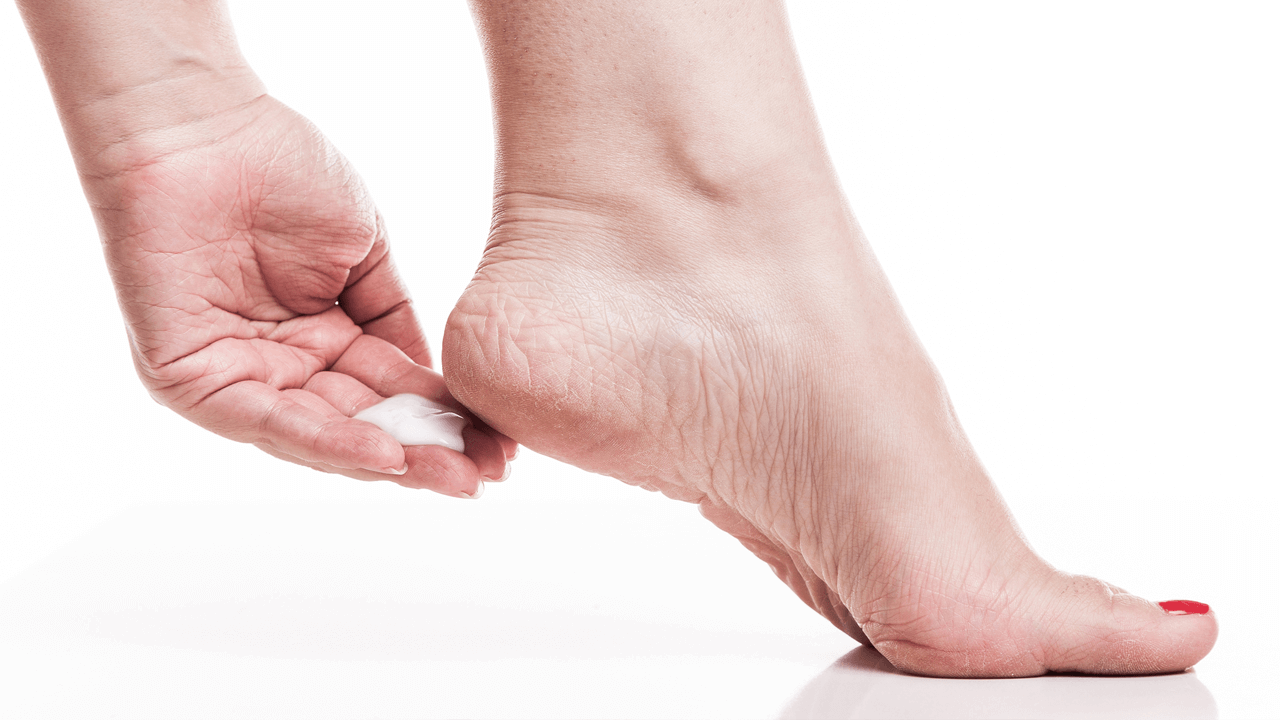 Angiography is the main method for assessing vascular damage and the state of blood flow.
Angiography is the main method for assessing vascular damage and the state of blood flow.